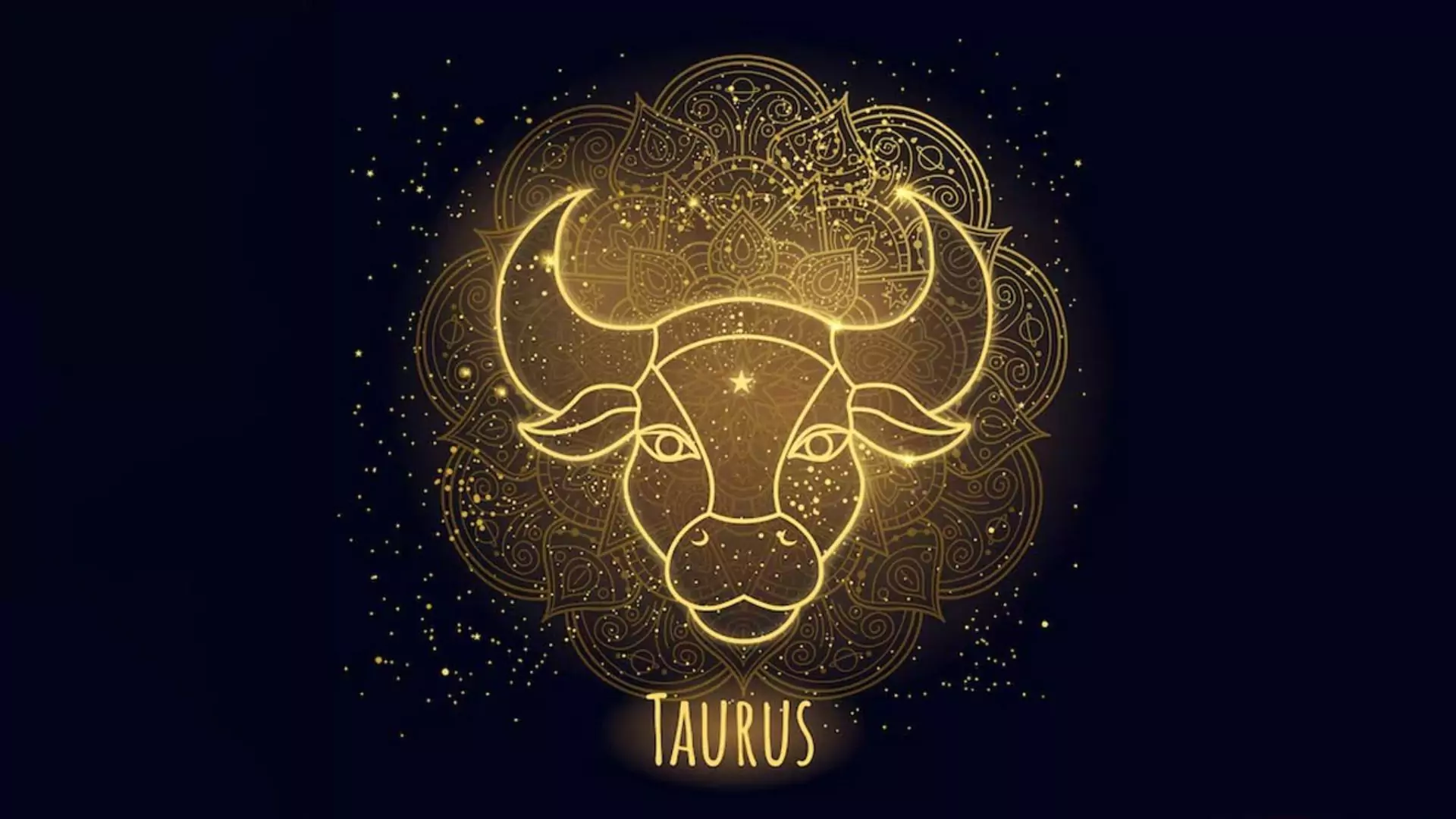India is commemorating its 78th Independence Day on August 15 this year, a day celebrated with great enthusiasm across the country. This occasion is a time to honor the freedom fighters who fought for India’s independence, with cultural programs and seminars often organized in their memory. However, did you know that the Indian flag is “hoisted” on this day, not “unfurled”? Though the terms “flag hoisting” and “flag unfurling” are often used interchangeably, they actually refer to different methods of displaying the national flag.
Let’s explore the subtle but important distinction between how the flag is presented on Independence Day and Republic Day in India.
Understanding the Difference Between Flag Hoisting and Flag Unfurling
The key difference lies in the way the tricolour is displayed during the two ceremonies. On Independence Day, the flag starts at the bottom of the pole and is raised (hoisted) to the top by the Prime Minister.
On Republic Day, the flag is folded and attached to the top of the pole. It is then opened (unfurled) by the President without the need to raise it.
Why is the Flag Hoisted and not Unfurled on Independence Day?
On Independence Day, the Prime Minister hoists the flag from the base of the pole. This ceremony often includes a military or civilian honor guard, with the national anthem played as the flag is raised. The act of hoisting the flag on Independence Day symbolizes the emergence of a new nation and the country’s freedom from colonial rule.
In contrast, on Republic Day, the President unfurls the flag, which remains closed and tied at the top of the flagpole. The flag is then opened without being raised. Republic Day celebrates the adoption of the Indian Constitution in 1950, and the unfurling of the flag represents a renewal of commitment to the principles enshrined in the Constitution, marking the transition from colonial rule to a sovereign, democratic republic.
Also Read: India’s 78th Independence Day: PM Modi Set To Give Speech; Where And When To Watch?




















